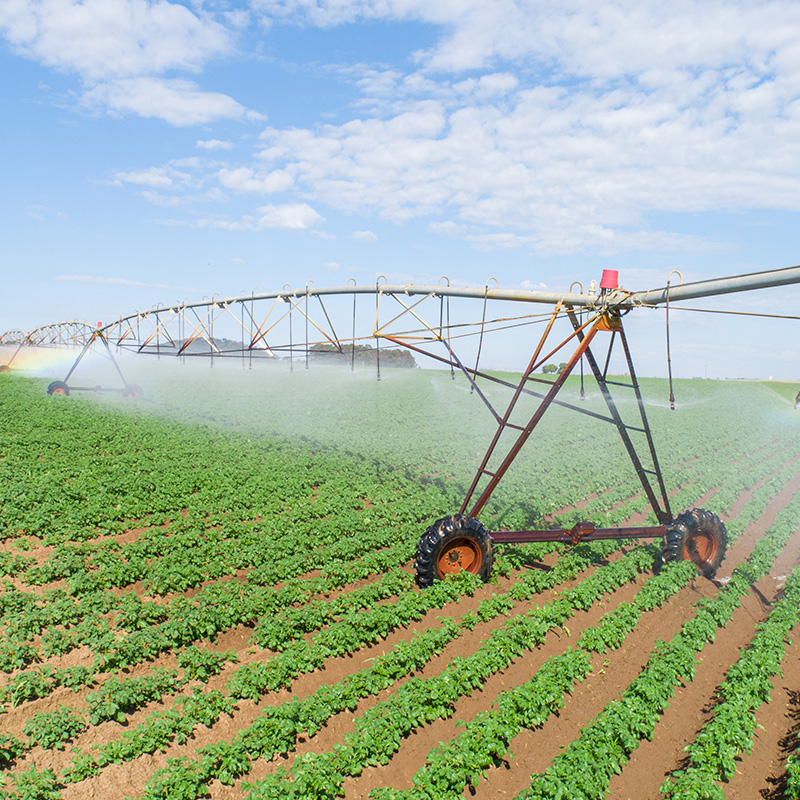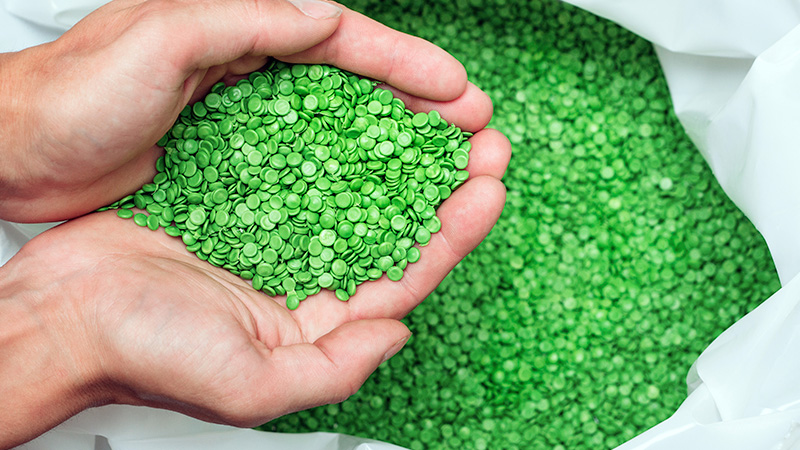Bio-based Textile Industry

From a global perspective, synthetic fibres dominate the market with a share of around 62%, followed by cotton, 24%; other natural plant fibres, such as flax and hemp, 6%; while animal fibres account for 2%, half of which is wool (Textile Exchange, 2021). The remaining 6% encompass regenerated fibres.
The chemical industry has recently introduced new bio-based fibres, such as bio-nylon and bio-polyester. These fibres are made from sources like vegetable oils, starches, and sugars obtained from biomass, replacing the use of fossil materials. This shift in materials helps lower the environmental impact of textile production by reducing the reliance on fossil resources.
These bio-based synthetic fibres are already available in the market. They can be either entirely derived from biomass, making them 100% bio-based, or they might contain a mixture of around 50% bio-based materials and fossil resources. Although bio-based fibres currently make up a small portion of the market, their production volumes are increasing rapidly.
According to the European Bioplastics Association and the Nova Institute, a prominent European research centre in this field, the current production of chemical fibres from bio-based sources is close to 300 thousand tons.
Under the leadership of NTT, the BIORADAR project aims to evaluate the environmental sustainability and circularity of textile products. This assessment goes beyond traditional circular economy principles that focus on waste treatment and recyclability. Instead, it incorporates a fresh perspective on circular economy, encompassing the repurposing and comprehensive redesign of products to minimise environmental impact.

